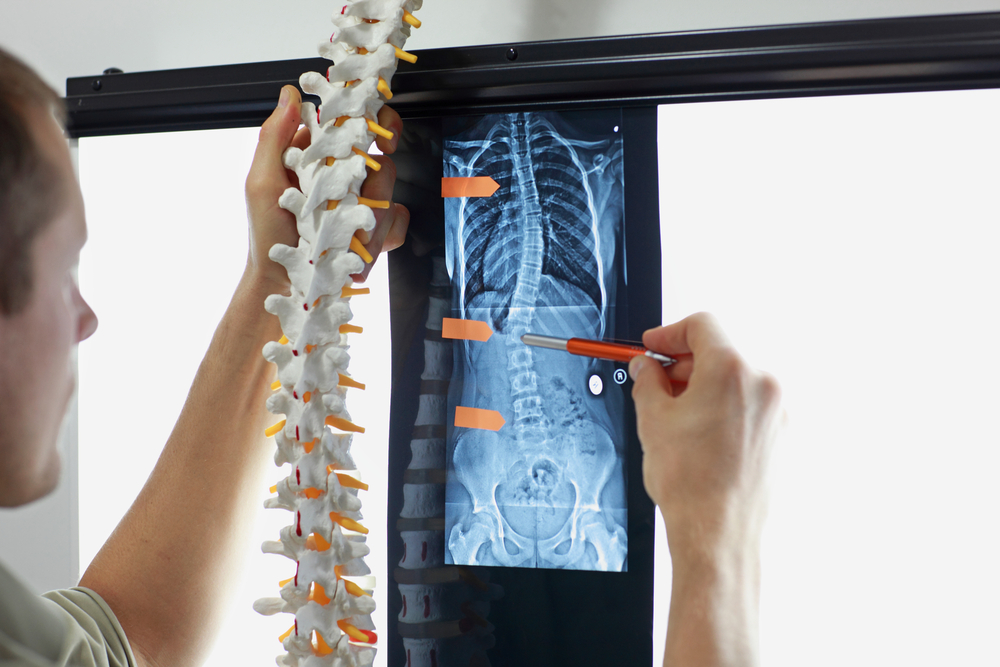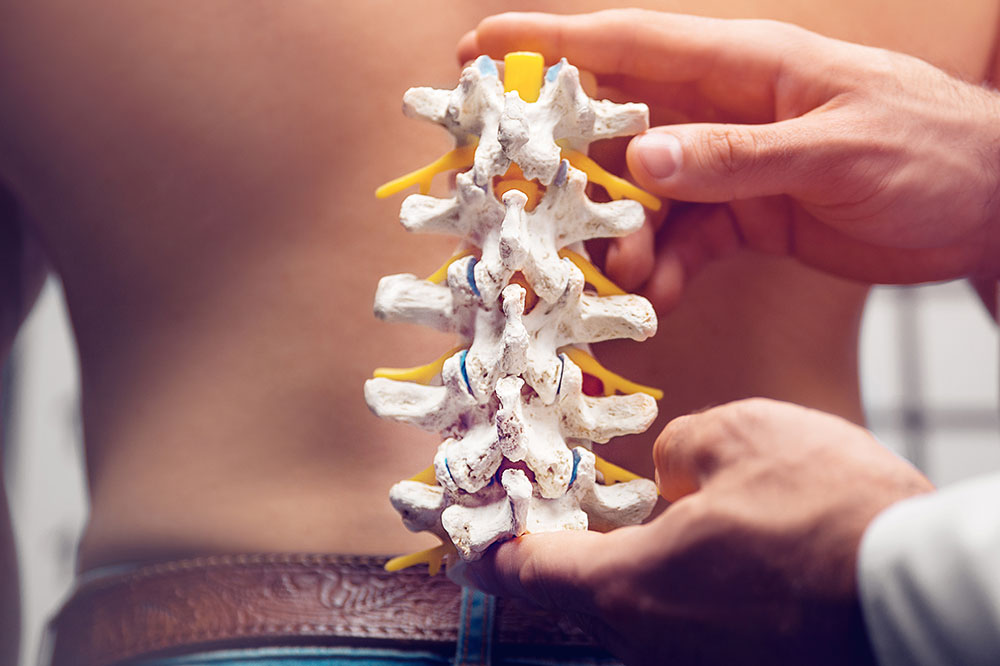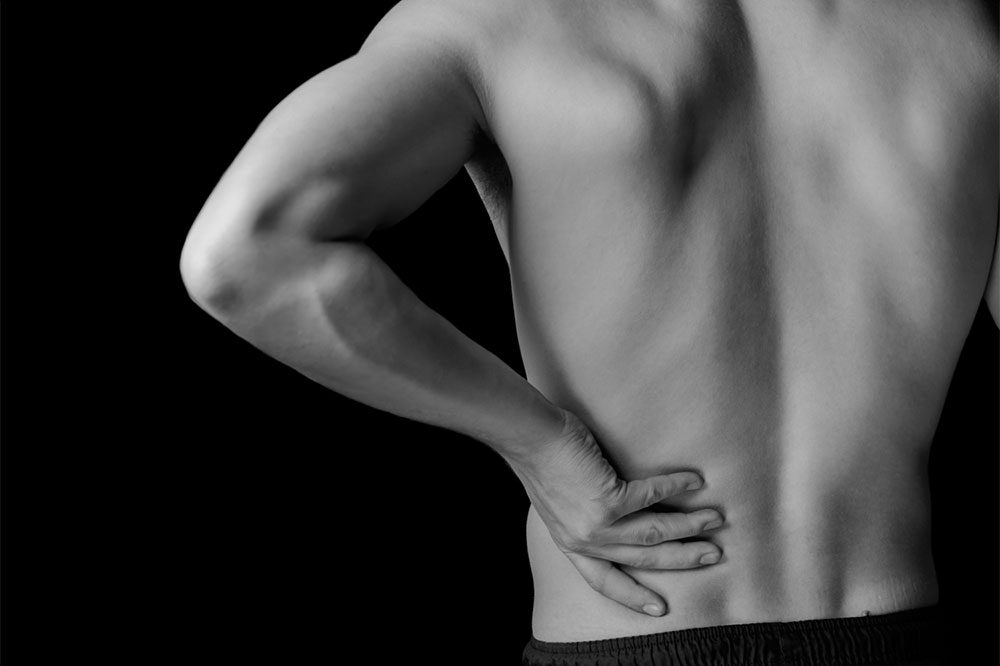Comprehensive Guide to Herniated Disc: Symptoms, Causes, Prevention, and Treatment Options
This detailed guide explores herniated discs, highlighting their symptoms, causes, and practical remedies. It emphasizes preventive measures and the latest minimally invasive treatments that can help patients recover quickly. Understanding these aspects allows individuals to manage their spinal health effectively and seek timely medical intervention, ultimately reducing chronic pain and improving quality of life.

Comprehensive Guide to Herniated Disc: Symptoms, Causes, Prevention, and Treatment Options
Understanding Herniated Disc: Symptoms, Causes, and Effective Relief Strategies
A herniated disc, commonly referred to as a slipped or ruptured disc, is a prevalent spinal condition that primarily affects the lumbar (lower back) region but can also impact other parts of the spine. This condition occurs when the soft, jelly-like inner core of a spinal disc pushes through a tear or weakness in the tough outer layer. The protrusion can exert pressure on nearby nerves, leading to pain, numbness, tingling, or even loss of function if left untreated. Recognizing the causes, symptoms, and available treatment options can empower individuals to seek timely intervention and adopt effective preventive measures.
In its early stages, a herniated disc may present no noticeable symptoms, making it challenging to detect. However, as the herniation progresses and begins to irritate or compress adjacent nerves, symptoms tend to become more apparent and severe. Common indications include sciatica, localized back pain, numbness, tingling sensations, and muscle weakness. These symptoms often radiate along the affected nerve pathways, affecting one side of the body or specific regions based on the herniation's location.
Primary Causes of Herniated Disc
Degeneration due to Aging - As individuals age, their spinal discs naturally lose water content and elasticity. This gradual degeneration weakens the disc structure, making it more susceptible to tears or ruptures that lead to herniation.
Traumatic Injury or Sudden Impact - High-impact events such as falls, car accidents, or sports injuries can cause immediate disc rupture or bulging, especially in individuals with pre-existing disc degeneration.
Chronic stress from daily activities also plays a significant role. Heavy lifting, poor posture, obesity, and repetitive movements exert additional strain on the spinal discs, accelerating wear and tear. Occupations involving prolonged sitting or standing, especially in ergonomically poor environments, increase the risk of herniation. Furthermore, engaging in contact sports or having a family history of herniated discs heightens vulnerability. Recognizing these contributing factors is crucial for early intervention and prevention.
Recognizable Symptoms of a Herniated Disc
Symptoms initially may be mild or absent but tend to worsen over time, especially if the nerve compression intensifies. Identifying these signs early can facilitate prompt treatment and prevent complications. Key symptoms include:
Pain, numbness, tingling, or weakness radiating down the arms, hands, shoulders, or neck in cervical herniation
Chest or upper back pain extending toward the torso in thoracic herniation
Significant lower back pain combined with muscle spasms and shooting pains down the leg—commonly known as sciatica—in lumbar herniation
Severe cases may involve loss of bladder or bowel control, signaling urgent neural compression requiring immediate medical attention
Conservative Treatment Approaches for Herniated Disc
When symptoms are mild, healthcare professionals typically recommend non-invasive management strategies. Accurate diagnosis through MRI or CT scans helps identify the herniation's exact location and severity. These initial interventions aim to alleviate pain, reduce inflammation, and improve mobility. Treatment options include:
Pain management medications such as NSAIDs or acetaminophen
Application of heat and cold therapy to ease muscle spasms and reduce swelling
Physical therapy focused on strengthening back muscles and improving posture
Lifestyle modifications, including weight management and activity adjustments
These conservative treatments often provide significant relief, enabling individuals to resume daily activities with minimal discomfort. However, if symptoms persist or worsen, more invasive options may be necessary.
Minimally Invasive Surgical Treatments
Advances in medical technology have revolutionized herniated disc treatment. Today, minimally invasive surgical procedures are safer, less painful, and involve quicker recovery times compared to traditional open surgeries. Common minimally invasive options include diskectomy, laser discectomy, and endoscopic procedures, which aim to remove or reduce the herniated portion of the disc causing nerve compression. Surgery is generally considered when conservative management fails after several weeks or if neurological deficits, such as muscle weakness or loss of bladder control, become severe.
Preventive Measures for Reducing Herniated Disc Risk
While age-related degeneration is inevitable, many risk factors can be mitigated through proactive measures. Maintaining proper spinal health involves lifestyle adjustments and ergonomic habits, such as:
Practicing correct posture while sitting, standing, and lifting heavy objects
Engaging in regular back-strengthening and flexibility exercises
Maintaining a healthy weight to decrease spinal load
Quitting smoking, which impairs disc nourishment and healing
Using ergonomic furniture and supporting tools in daily activities
Adopting these habits can significantly lower the chances of herniation and contribute to overall spine health. Regular medical check-ups, especially for individuals with a family history or previous disc issues, are also recommended to monitor spinal integrity and initiate early intervention when necessary.Understanding herniated discs comprehensively enables individuals to take preventive steps, recognize early symptoms, and seek appropriate treatment promptly. With advancements in medical science, effective management and recovery are more achievable than ever, helping patients regain health and mobility with minimized risks and downtime.





